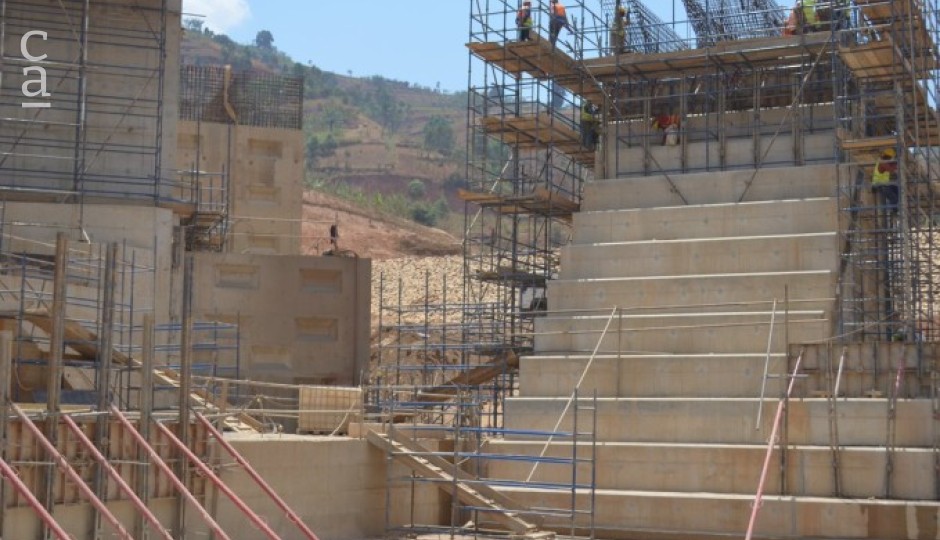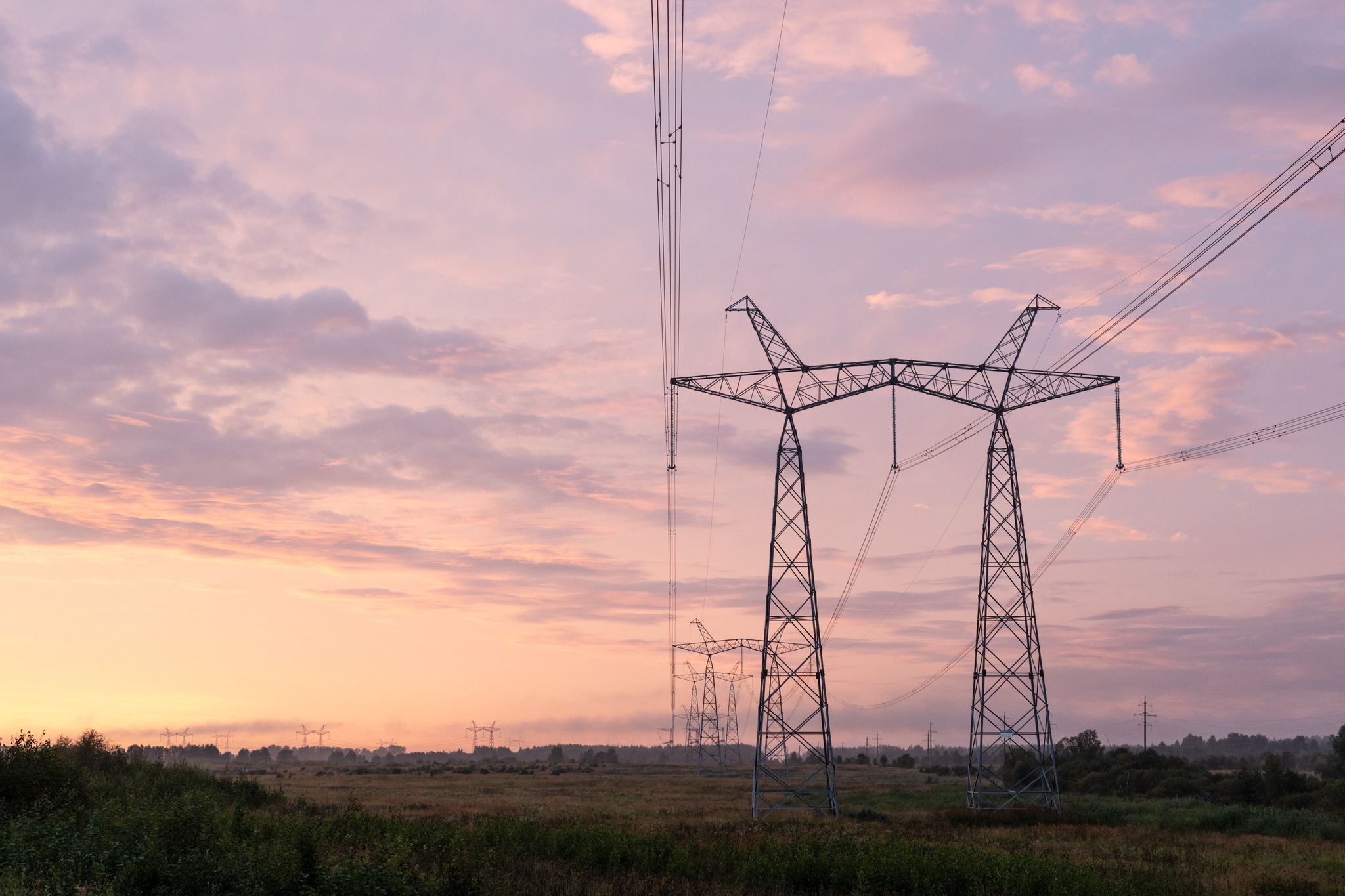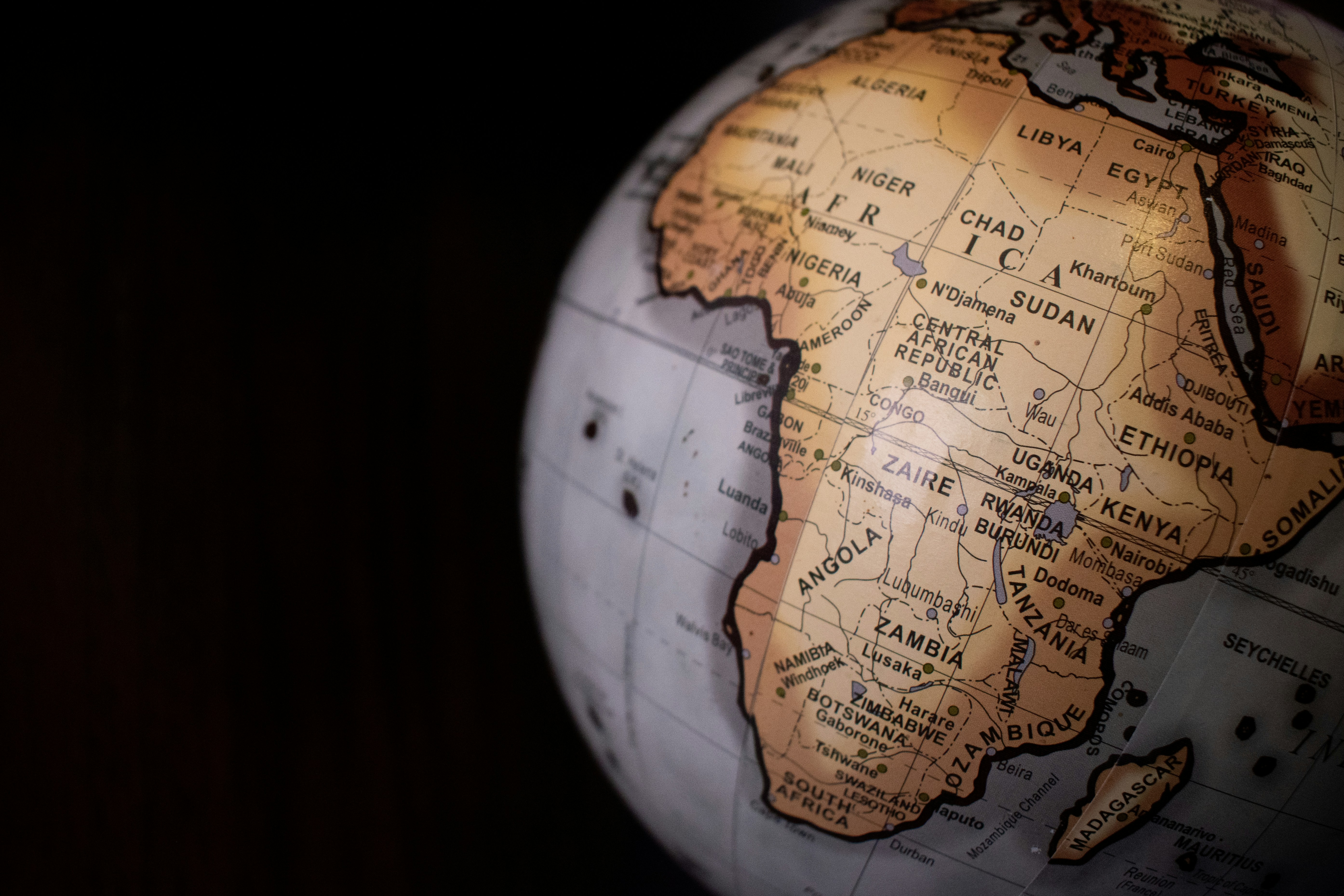Eastern Africa
Burundi Makes Headway With Infrastructure Projects
Burundi is aiming to become an emerging market by 2040.

In April 2023, President Évariste Ndayishimiye announced his vision for turning Burundi into an emerging market by 2040 and a developed nation by 2060.
The country has a long journey to get there. Following decades of civil war and political upheaval, Burundi ranks among the poorest countries in the world, with
Want to continue?
Subscribe to get access to premium content
By subscribing you get access to the Newsfeed, Tenders, Events



